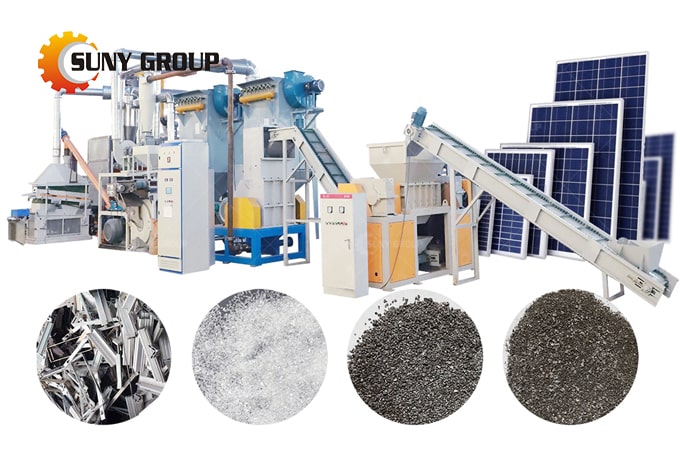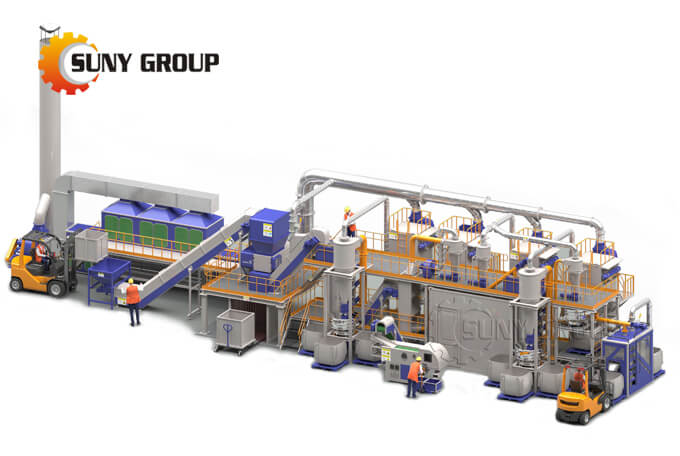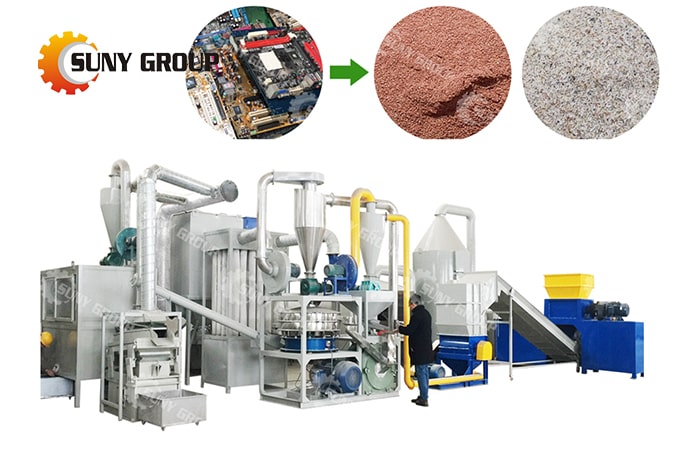At present, lithium-ion batteries are widely used in electric energy and other aspects. The number of waste lithium-ion batteries cannot be underestimated, and it has important practical significance for the recovery of valuable metals in waste lithium-ion batteries. At present, the recycling process of waste lithium-ion batteries is mainly pretreatment-leaching-wet recovery. Pretreatment includes discharging and crushing waste lithium batteries and separation and enrichment of electrode materials. Among them, the dissolution method is easy to operate and can effectively improve the separation effect and recovery rate. However, the main solvent (NMP) currently used is expensive, which limits industrial applications to a certain extent. Therefore, it is worth studying in this field to find a more suitable solvent. one of the directions. The leaching process mainly uses acid-reducing agent as the leaching agent, which can obtain better leaching effect, but it will produce secondary pollution such as inorganic waste liquid, while the bioleaching method has the advantages of high efficiency, environmental protection and low cost, but there are major metals The leaching rate is relatively low, and the selection of biological bacteria and the optimization of leaching conditions to increase the leaching rate may become one of the research directions for the leaching process in the future.
Broken stage:
The crushing stage refers to the steps and processes of physical processing. The overall recycling of waste lithium-ion batteries is a complex full-chain process. Physical crushing is only one of the phased operations, and it is also a part of the entire waste lithium battery disposal process. In the simple process, the main crushing steps include dismantling, shredding, fine crushing, grinding and crushing stages.
Wet recovery of valuable metals in the leachate is a key link in the recycling process of waste lithium-ion batteries, and it is also the focus and difficulty of research in recent years. The main methods include solvent extraction, precipitation, electrolysis, ion exchange, salting out method etc. Among them, the solvent extraction method is currently the most widely used method, which has significant advantages such as low pollution, low energy consumption, good separation effect and high product purity. The selection and development of more efficient and cheap extraction agents can effectively reduce operating costs, and The further exploration of the synergistic extraction of multiple extractants may be one of the key research directions in this field. In addition, the precipitation method is also another direction worthy of emphatic research because of its high recovery rate, low cost, and large processing capacity. The main problem of the current precipitation method is the low purity of the product. Therefore, the selection of the precipitant and the optimization of the process conditions and the control of the sequence of precipitation of valuable metal ions to improve the purity of the product will have a better industrial application prospect. At the same time, in the process of waste lithium-ion battery treatment, secondary pollution such as waste liquid and waste residue will inevitably be produced. While utilizing resources to a greater extent, the harm of secondary pollution must be reduced to achieve green environmental protection of waste lithium-ion batteries , Low cost recycling.
Suny Group : http://www.sunyrecycle.com/,All rights reserved。









